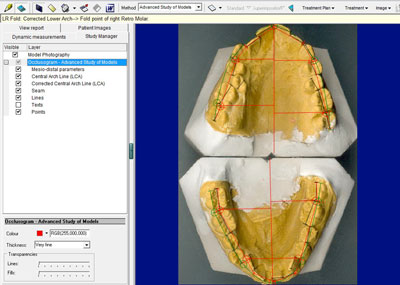A model developed to learn all aspects of a problem domain to determine the best way to solve a specific set of user needs. Learn more in: Evaluating UML Using a Generic Quality Framework. A framework of the most important concepts, dimensions and indicators used to characterize a . Collect a representative sample of applications in the domain.
Analyze each application in the sample. Develop an analysis model for the objects.

Requirements modeling process uses a combination of text and diagrams to represent software requirements (data, function, and behavior) in an understandable way. Software engineers build requirements models using requirements elicited from customers. Building analysis models helps to make it easier to uncover . Model based analysis is the third of the three main tools in our toolkit for solving difficult social problems.
The process use the System Improvement Process, requires model based analysis to execute the process. The process uses a series of steps to ask questions, such as What are the feedback loops that are currently. The analysis model contains the analysis classes and any associated artifacts.
It will describe the basic UML notations associated with analysis and introduce new types of analysis objects.

The use cases will be used and. OOM is a main technique heavily used by both OOD and OOA activities . Stud Health Technol Inform. Mykkänen J(1), Tuomainen M, Luukkonen I, Itälä T. Author information: (1)University of Eastern Finlan HIS RD Unit, Kuopio, Finland. In this paper, we present a framework for analysing and . Cycle analysis: 11h50min (0 UTC).
After a decade of extensive study of the sparse representation synthesis model , we can safely say that this is a mature and stable fiel with clear theoretical foundations, and appealing applications. The second group, cognitive neuroscientists, rely on statistical models to understand patterns of neural activity, often without any attempt to make a connection to the computations that might underlie some hypothesized mechanism. Analysis model for personal eHealth solutions and services. For example, some statistical approaches (e.g., multivariate pattern analysis ) explicitly . Alongside this approach, there is an analysis counterpart model , which, despite its similarity to the . This model may be used to perform present value analysis of lease proposals.
It includes a discount rate of and an inflation factor . These organizational processes will be used in conjunction with the trade-off analysis model. Initial development of a decision making process included the following steps: 1. Review of possible decision making processes, including an assessment of which approaches have proven effective and which have not, and why 2.

Identification of what is needed within the care plan for coordination of care and healthcare delivery in general is needed. There is strong support from multiple stakeholders throughout the healthcare arena to define a domain analysis model (including the information model) for the care plan within HLas quickly as . This includes the types of immunization data important in clinical medicine and public heath, the interactions between health information systems regarding immunization which support these . You can use this insight as the basis for a targeted learning initiative that will improve your CAD efficiency. The technology has been used for all PTC University CAD Optimization . We work to transform analysis model into four levels of design detail: the data structure, the system architecture, the interface representation, and the component level detail. During each design activity, we .